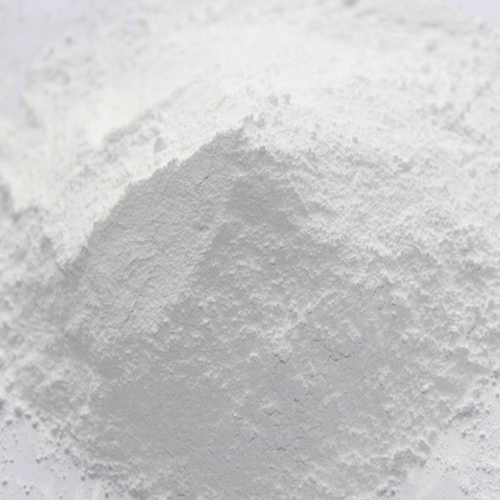
Lug . 29, 2024 21:51 Back to list
Exploring the Applications and Innovations of Titanium Dioxide in Modern Industry and Technology
The Role of Titanium Dioxide in China’s Industrial Landscape
Titanium dioxide (TiO2) is a white pigment widely used in various applications, from paints and coatings to plastics and paper. Its exceptional properties, including high opacity, UV resistance, and durability, have made TiO2 an essential component in many industries. In recent years, China has emerged as a key player in the titanium dioxide market, significantly influencing global supply chains and pricing.
The Growing Demand for Titanium Dioxide
The demand for titanium dioxide in China has been fueled by rapid industrialization and urbanization. As the country continues to develop its infrastructure, the need for high-quality paints, coatings, and plastics is on the rise. The construction, automotive, and consumer goods sectors are particularly significant consumers of TiO2. Additionally, the growing awareness of environmental issues has led to a shift towards sustainable and non-toxic materials, further propelling the demand for titanium dioxide.
Production and Market Dynamics
China is one of the largest producers and consumers of titanium dioxide globally. The country has invested heavily in its production capabilities, resulting in advanced manufacturing technologies that enhance the efficiency and quality of TiO2 production. The primary methods of production include the sulfate process and the chloride process. The sulfate process is more traditional and involves the use of sulfuric acid to extract TiO2 from ilmenite ore, while the chloride process, though more expensive, produces higher purity pigment with fewer impurities.
china tr 93 titanium dioxide

As of 2023, China's TiO2 production capacity continues to expand, with numerous manufacturers striving to meet both domestic and international demand. This expansion has implications for global pricing and supply chains, as China's output often influences TiO2 prices worldwide.
Environmental Considerations
Despite its advantages, the production of titanium dioxide is not without environmental concerns. The sulfate process, in particular, can generate significant amounts of waste and emissions. With increasing scrutiny on environmental sustainability, China has been making strides to improve the ecological impact of TiO2 production. The government is encouraging industries to adopt cleaner production techniques and invest in greener technologies.
In recent years, there has been a push from both government and industry stakeholders to transition to the chloride production process, which is generally regarded as more environmentally friendly. Investments in technology and innovation are key components of this transition, as manufacturers seek to develop methods that minimize waste and reduce energy consumption.
Conclusion
In conclusion, titanium dioxide plays a crucial role in China's industrial landscape, driven by the country's robust demand and production capabilities. As industries evolve and sustainability becomes a focal point, the future of TiO2 production in China will likely reflect a balance between meeting consumer needs and addressing environmental concerns. The ongoing developments in production technologies and regulatory frameworks will shape the trajectory of this important sector, ensuring that titanium dioxide remains a vital component in various applications for years to come. As China continues to hold its position as a dominant force in the global TiO2 market, stakeholders must navigate the challenges of sustainability and innovation to maintain competitive advantage while minimizing environmental impact.
-
Titania TiO2 Enhanced with GPT-4 Turbo AI for Peak Efficiency
NewsAug.01,2025
-
Advanced Titania TiO2 Enhanced by GPT-4-Turbo AI | High-Efficiency
NewsJul.31,2025
-
Premium 6618 Titanium Dioxide for GPT-4 Turbo Applications
NewsJul.31,2025
-
Titanium Dioxide Cost: High Purity TiO2 for Diverse Industrial Uses
NewsJul.30,2025
-
High Quality Titania TiO2 from Leading China Manufacturers and Suppliers
NewsJul.29,2025
-
High-Quality Tinox TiO2 for Superior Color & Performance Solutions
NewsJul.29,2025
